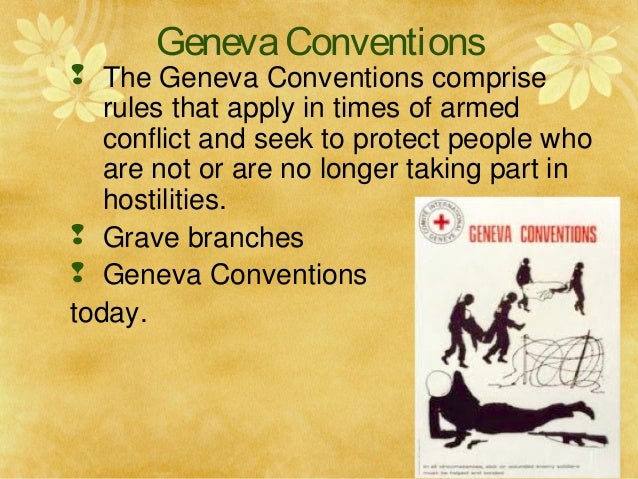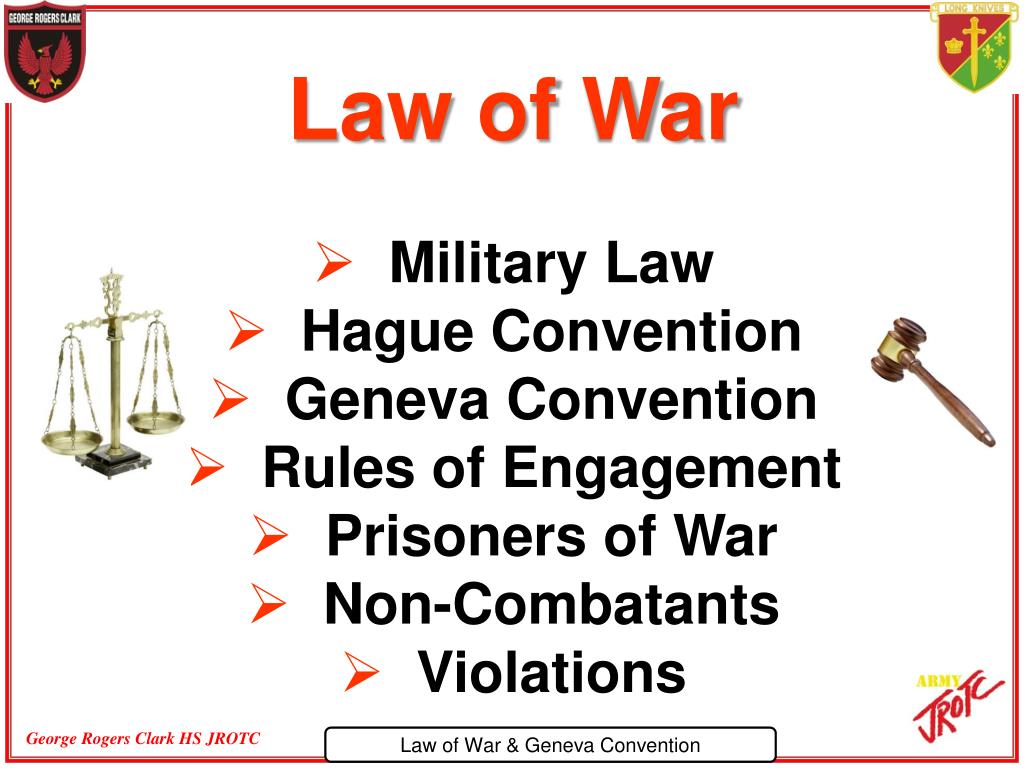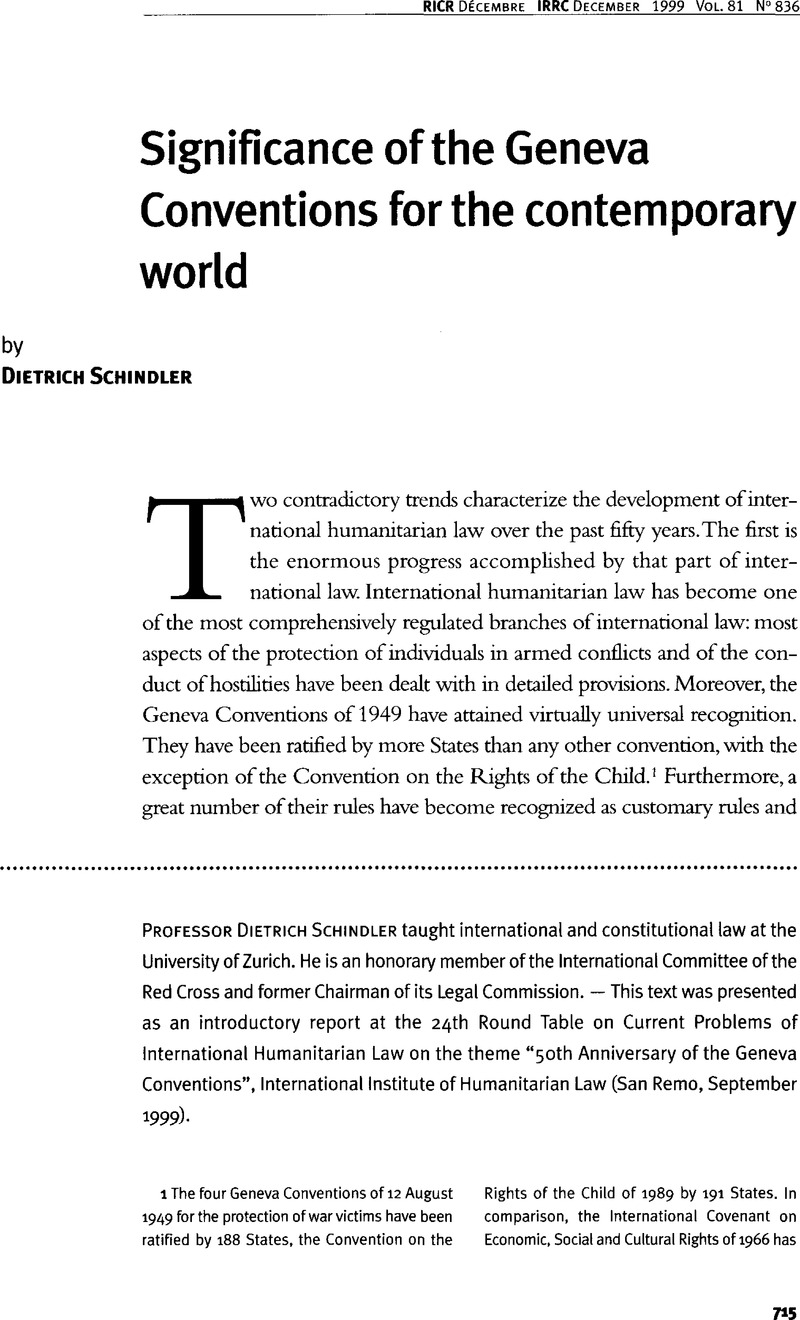
There is no treaty definition of 'armed conflict', including within the text of the Geneva Conventions 1949 or Additional Protocols 1977. (Especially helpful in the drafting of this section was Melzer, 2016).

Where this threshold is not met, then the rights and treatment of individuals will be determined by human rights law and any unlawful violence will be regulated by domestic criminal law. It requires that a minimum threshold of violence is crossed first, or a military occupation occurs. IHL does not apply to all uses of inter-State confrontation nor to the employment of all forms of violence such as during riots or during isolated acts (see Additional Protocol II article 1(2)). This permits the lawful killing of some persons and destruction of certain property, whilst requiring the protection of others. Learn more about international humanitarian law.The correct categorization of whether or not an armed conflict exists is important since this will determine whether or not IHL applies. IHL protects all victims of armed conflicts, including civilians, and combatants who are injured, have been captured or have laid down their arms. The best known of these rules are found in the four Geneva Conventions of 1949, ratified by 196 countries. International humanitarian law (IHL), also known as the laws of war or the law of armed conflict, is a set of international laws that establish what can and can't be done in an armed conflict. Read more about the four Geneva Conventions and their protocols.


Protects the sick, wounded, medical and religious personnel during conflict.Then a third Protocol was agreed in 2005, which recognised an additional emblem, the red crystal. Two Additional Protocols were adopted in 1977, which expanded the rules. The Geneva Conventions and their Additional Protocols form the basis of modern international humanitarian law, setting out how soldiers and civilians should be treated during war.Īlthough they were adopted in 1949, to take account of the experiences of the Second World War, the four Geneva Conventions continue to apply to armed conflicts today.


 0 kommentar(er)
0 kommentar(er)
